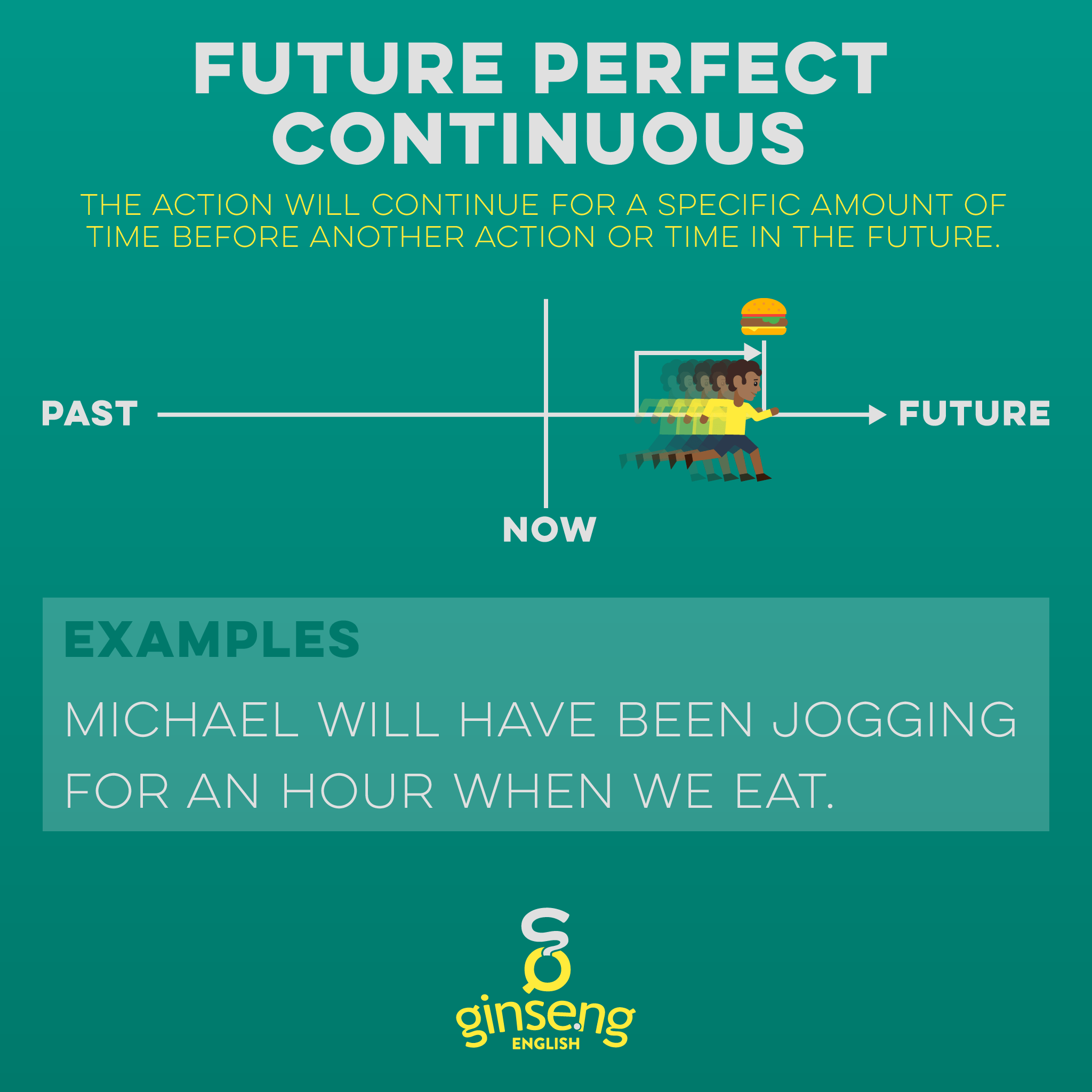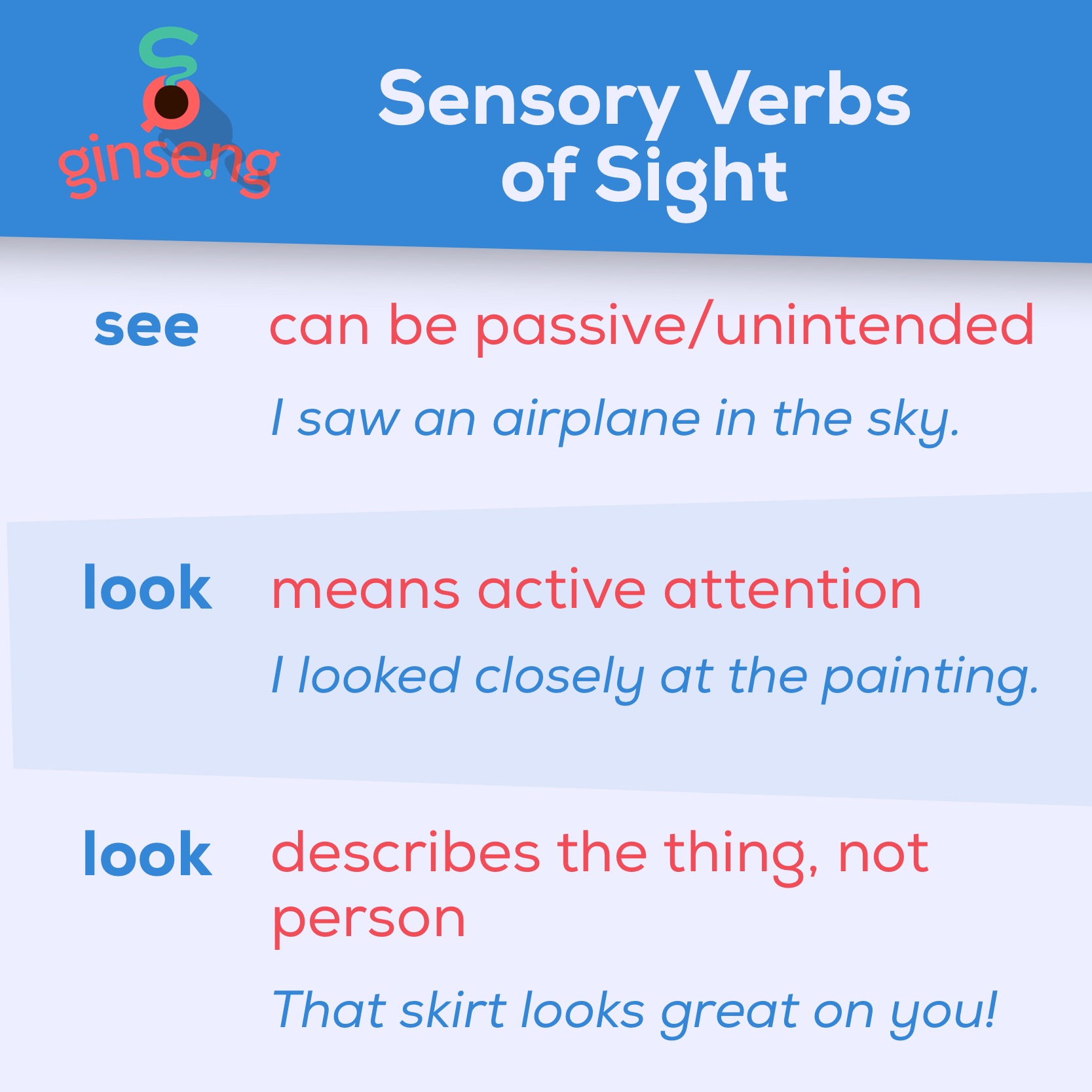What is a Pronoun?
Pronouns are one of the 9 parts of speech in English grammar. A pronoun is a word that takes the place of a noun. Pronouns are important in English. They are some of the first words we learn: I, you, he, she, it. There are different kinds of pronouns for different situations: subject pronouns, object pronouns, possessive pronouns, and reflexive pronouns. Instead of Sara, we can say she. Instead of those guys, we can say them. Instead of the sun, we can say it.
Why do we use pronouns?
One reason that we use pronouns is to avoid repetition. Think about this example:
Look at this beautiful table. The table is gorgeous. The table has a red top and the table's legs are steel. I really want to buy the table.
The table, the table, the table, the table—aaaaaaah. We try to avoid this kind of repetition in English. Instead of table, table, table, table, we usually say table once. After that first time, we use a pronoun, like it. This next example is more typical of how we speak in English:
Look at this beautiful table. It is gorgeous. It has a red top and its legs are steel. I really want to buy it.
Simpler and cleaner! That's why we use pronouns.
So a pronoun can take the place of a noun. But there are also some important differences between how we use nouns and pronouns. For instance, we don’t usually use a determiner before a pronoun: we say the table, but we never say the it. We say my friend, but we don’t say my him. We also don’t usually use adjectives before pronouns. We can say the red car, but it would be very strange to say the red it.
Now let's look at the five different kinds of personal pronouns:
English Personal Pronouns
In English, we use different pronouns to show grammatical person, gender, and singular/plural distinctions.
For example, if I am talking about myself, we call this the first person. If I are talking about myself alone, this is singular (only one person). Singular first person pronouns include I, me, mine, etc.
If I am talking about a group of people that includes me, this is the first person plural (more than one person). Plural first person pronouns include we, us, ours, etc.
English Pronoun Chart
Second person pronouns are used to talk about the person you are speaking to. These include you, yours, yourself, etc. You can be both singular and plural in English.
Third person pronouns are used to talk about people who are not either the speaker or the listener. They include the third person singular pronouns (like he, she, it) and third person singular pronouns (like they, them, etc.).
For inanimate objects—things that are not people—we use it, its, and itself.
They/Them Pronouns
When we use third person pronouns, we often distinguish between genders. For example, she, her, and hers are often used to talk about women, and he, him, and his are often used to talk about men. They, them, and their can be used as gender-neutral pronouns. We can use these either because we don't want or need to specify a gender, or because someone goes by non-gendered or nonbinary pronouns.
SUBJECT PRONOUNS
The first pronouns we teach are usually subject pronouns. The subject is often the noun right before the verb. Almost every sentence has a subject. Generally, the subject of the sentence is the person or thing that does the verb or makes the verb happen.
The tiger sleeps a lot.
In the example above, the verb is sleeps, and the subject is tiger. Who sleeps? The tiger does. The subject usually tells us who or what does the action. We have a special set of pronouns that we use to be the subject of a sentence. The table below lists the most common subject pronouns.
| Singular | Plural | |
|---|---|---|
| 1st person | I | we |
| 2nd person | you | you |
| 3rd person | she | they |
| he | ||
| it |
We don’t say Me like candy or Him has a cat. We say I like candy and He has a cat. Me and him are the wrong type of pronouns. We use subject pronouns. Here are some more examples:
I like movies.
Do you like movies?
Invite Clara. She likes movies.
He likes movies, too!
We like watching movies on weekends.
Before a verb, to express who or what does the action in a sentence, use a subject pronoun.
OBJECT PRONOUNS
Almost all verbs have a subject, and some also have an object. The object of a verb is the thing that receives an action. For example, you wouldn't just say, I want, right? You need to want something. We say I want coffee or I want a cheeseburger. Coffee and cheeseburger are objects. They receive the verb, want.
I want a hamburger.
I want a job.
I want a girlfriend.
Hamburger, job, and girlfriend are objects. Notice that objects generally come after the verb in the sentence. We use object pronouns to represent objects in sentences. This table lists the most common object pronouns:
| Singular | Plural | |
|---|---|---|
| 1st person | me | us |
| 2nd person | you | you |
| 3rd person | her | they |
| him | ||
| it |
Here are some examples of sentences using object pronouns:
That hamburger looks delicious. I want it.
Who is that girl? I think I know her.
You can have these books if you want them.
Can I help you?
My teacher hates me!
In all the examples above, the pronouns are the objects of a verb. We use the same set of object pronouns as the objects of prepositions, as you can see in these examples:
My grandmother gave that to me.
I've been getting weird texts from her.
We've heard so much about you!
After a verb or a preposition, you generally want to use an object pronoun.
POSSESSIVE PRONOUNS
To possess something is to own or have that thing. If I have a car, we can say that car is my possession. We can say, That car is mine. Mine is a pronoun in this sentence. It represents the car, the thing that I possess. Mine is a possessive pronoun. Here is a chart with the most common possessive pronouns:
| Singular | Plural | |
|---|---|---|
| 1st person | mine | ours |
| 2nd person | yours | yours |
| 3rd person | hers | theirs |
| his | ||
| its |
Here are some example sentences with possessive pronouns:
That car is hers.
This is my drink. That one is yours.
All the coats are in a big messy pile. I can't find mine!
As you can see, possessive pronouns can be used to talk about things that belong to specific people.
POSSESSIVE DETERMINERS
Possessive determiners (also called possessive adjectives) are not actually pronouns, but it's a good idea to learn them at the same time, because they are very similar to possessive pronouns. The difference is that possessive determiners can not replace nouns; they come before nouns to tell us whose they are. If someone asks, Whose iPad is this? you could answer with a possessive pronoun: It's mine. But you could also use a possessive determiner:
That's my iPad.
With a possessive determiner, it is important to include a noun after. Just saying That is my. would by wrong. Here is a list of the most common possessive determiners.
| Singular | Plural | |
|---|---|---|
| 1st person | my | our |
| 2nd person | your | your |
| 3rd person | her | their |
| his | ||
| its |
And here are some examples of possessive determiners in sentences:
Sorry, I have to take this call. It's my son.
Cheryl is at her English class.
We lost our baseball game.
Please take off your shoes.
Can you believe they lost their homework again?
REFLEXIVE PRONOUNS
So we have talked about subjects and objects, right? Subjects are the people or things that do the action in the verb, and objects are the people or things that receive the action. Sometimes, those are the same person, right? For example, if I cut my finger, I hurt someone. The someone I hurt is me (ouch!). But in English we don't say I hurt me. We have special pronouns for the object in this situation, and they are called reflexive pronouns.
Here is a table of the most common reflexive pronouns in English:
| Singular | Plural | |
|---|---|---|
| 1st person | myself | ourselves |
| 2nd person | yourself | yourselves |
| 3rd person | herself | themselves |
| himself | ||
| itself |
And here are some examples of reflexive pronouns used in sentences:
Clara taught herself English.
Don't play with that knife. You will hurt yourself.
The kids are entertaining themselves in the yeard.
Oh, nothing. I'm just talking to myself.
After a couple of days, the problem fixed itself.
Complete English Pronoun Chart
Here is a complete table of all the pronouns discussed in this post. There are still some other types of pronouns, however. Demonstrative pronouns and relative pronouns, for example, are usually studied separately.
| Subject | Object | Possessive Pronoun |
Possessive Determiner |
Reflexive | |||
|---|---|---|---|---|---|---|---|
| Singular | 1st Person | I | me | mine | my | myself | |
| 2nd person | you | you | yours | your | yourself | ||
| 3rd person | Feminine | she | her | hers | her | herself | |
| Masculine | he | him | his | his | himself | ||
| Neutral | they | them | theirs | their | themself | ||
| Inanimate | it | it | its | its | itself | ||
| Plural | 1st Person | we | us | ours | our | ourselves | |
| 2nd Person | you | you | yours | your | yourselves | ||
| 3rd Person | they | them | theirs | their | themselves | ||
| Impersonal | one | one | one's | one's | oneself | ||
Pronombres en Inglés
Pronomes pessoais em inglês
الضمائر في الانجليزية





